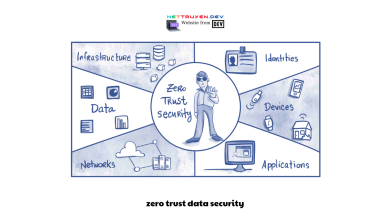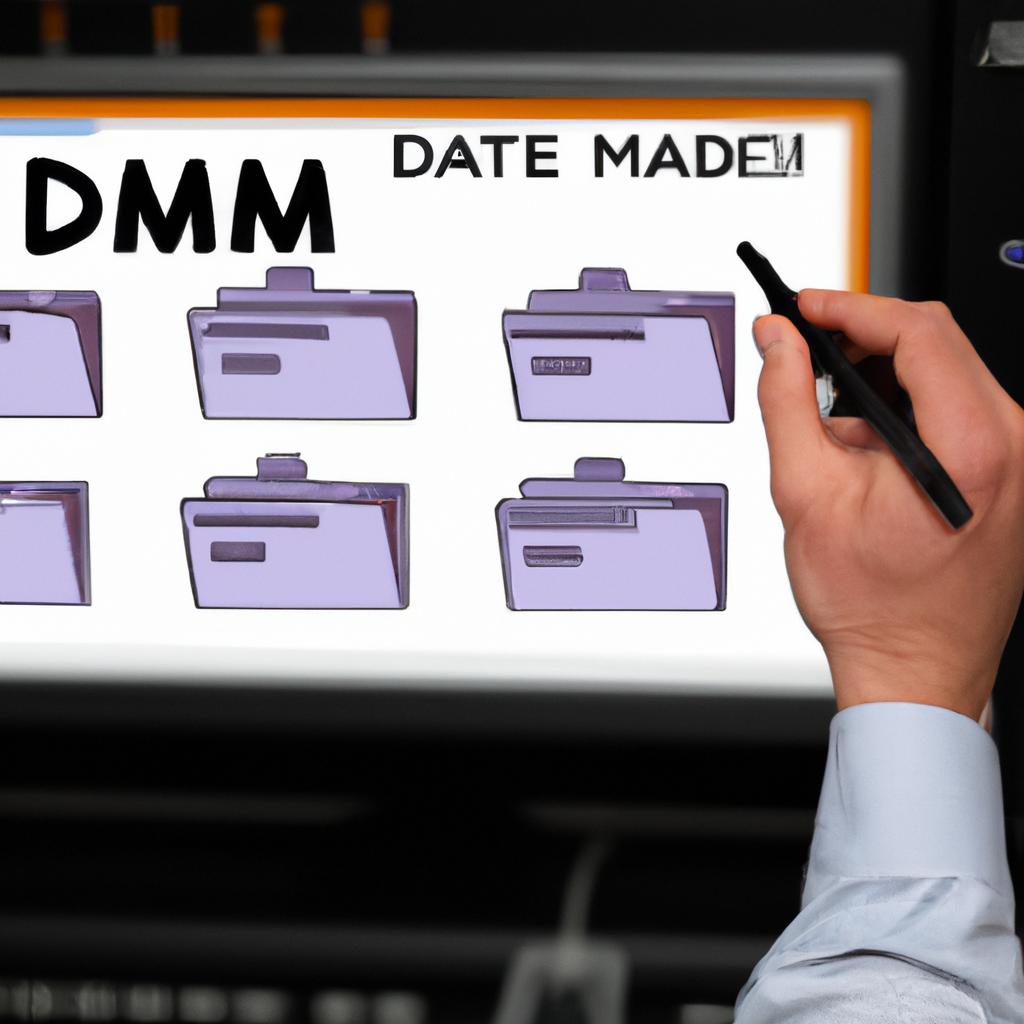Data Feed Management Software: The Ultimate Guide for Businesses

In today’s digital age, businesses are generating massive amounts of data every day. To make the most of this data, companies must use data feed management software. But what exactly is data feed management software, and why is it essential for businesses?
Data feed management software is a tool that helps businesses manage their data feeds efficiently. Data feeds are a way to transfer data from one system to another, such as from a product catalog to an e-commerce platform. Data feed management software optimizes, customizes, maps, schedules, and monitors data feeds to improve their quality and accuracy.
Using data feed management software is crucial for businesses because it streamlines the process of managing data feeds. Without data feed management software, businesses would have to manually manage their data feeds, which is time-consuming and prone to errors. With data feed management software, businesses can automate their data feed processes, saving time and reducing the risk of errors.
In the next sections, we’ll dive deeper into the features, benefits, and best practices of data feed management software. We’ll also discuss how to choose the right software for your business needs. So let’s get started!
Features of Data Feed Management Software

If you’re considering using data feed management software for your business, it’s essential to understand its features. Here are the six main features of data feed management software:
Data Feed Optimization
Data feed optimization is the process of improving the quality and accuracy of data feeds. Data feed management software uses various optimization techniques, such as removing duplicate data, correcting errors, and standardizing data formats.
Data Feed Customization
Data feed customization allows businesses to tailor their data feeds to their specific needs. With data feed management software, businesses can customize their data feeds to include only the necessary information and exclude irrelevant data.
Data Feed Mapping
Data feed mapping is the process of mapping data from one system to another. Data feed management software enables businesses to map their data feeds easily, ensuring that data is transferred accurately and efficiently.
Data Feed Scheduling
Data feed scheduling allows businesses to schedule data feed updates at specific intervals. With data feed management software, businesses can schedule data feed updates to occur automatically, ensuring that data is always up-to-date.
Data Feed Monitoring
Data feed monitoring allows businesses to monitor their data feeds in real-time. With data feed management software, businesses can monitor their data feeds for errors, discrepancies, or other issues and take immediate action to correct them.
Data Feed Reporting
Data feed reporting provides businesses with insights into their data feeds’ performance. With data feed management software, businesses can generate reports on data feed performance, including metrics such as click-through rates, conversion rates, and revenue.
In the next section, we’ll discuss the benefits of using data feed management software for businesses.
Benefits of Using Data Feed Management Software

Data feed management software offers numerous benefits for businesses. Here are some of the most significant advantages of using data feed management software:
Increased Efficiency and Productivity
Data feed management software automates the process of managing data feeds, reducing the need for manual intervention. This automation leads to increased efficiency and productivity, as employees can focus on other tasks. With data feed management software, businesses can handle large volumes of data feeds without increasing their workforce, saving money and time.
Improved Data Quality and Accuracy
Data feed management software ensures that data feeds are accurate and of high quality. The software checks for errors and inconsistencies in the data feeds, enabling businesses to identify and correct them quickly. This results in better data quality, which leads to improved business decisions and customer satisfaction.
Enhanced Customer Experience
Data feed management software allows businesses to provide customers with up-to-date and accurate information about their products and services. This information includes pricing, availability, and other relevant details. By providing customers with accurate and consistent data, businesses can improve the customer experience, leading to increased sales and loyalty.
Better ROI and Sales Performance
Data feed management software helps businesses optimize their data feeds, leading to better sales performance and ROBy improving the accuracy and consistency of data feeds, businesses can increase their visibility and reach more customers. This, in turn, leads to increased sales and revenue.
Overall, data feed management software offers significant benefits for businesses. By automating and optimizing data feeds, businesses can save time, reduce errors, improve data quality, enhance the customer experience, and increase sales performance and RO
Best Practices for Data Feed Management
Managing your data feeds can be a daunting task, but following these best practices can help you make the most of your data feed management software.
Regular data feed updates and optimization
Regularly updating and optimizing your data feeds is critical to their success. This involves reviewing and updating your product information, ensuring that it is accurate and up-to-date. It also involves optimizing your data feeds for search engines, so your products show up in search results.
Consistent monitoring and analysis of data feed performance
To ensure the effectiveness of your data feeds, you need to monitor and analyze their performance consistently. This includes tracking metrics such as click-through rates, conversion rates, and revenue. By tracking these metrics, you can identify areas for improvement and optimize your data feeds accordingly.
Data feed integration with other marketing channels
Integrating your data feeds with other marketing channels, such as social media and email marketing, can help you reach a broader audience and increase your sales. This involves creating and sharing data feed-based ads on these channels, which can help drive traffic to your website.
Collaboration with team members and stakeholders
Collaborating with team members and stakeholders is essential for effective data feed management. By involving others in your data feed management process, you can ensure that everyone is on the same page and working towards the same goals. This can help improve the quality and accuracy of your data feeds, leading to better results for your business.
Conclusion
In conclusion, data feed management software is a critical tool for businesses that deal with large amounts of data. It streamlines the process of managing data feeds, saving time and reducing the risk of errors. With data feed management software, businesses can optimize, customize, map, schedule, and monitor their data feeds to improve their quality and accuracy.
When choosing the right data feed management software, it’s important to identify your business needs, evaluate the software’s features and functionality, consider the software’s compatibility with your existing systems, and look for user-friendly interfaces and customer support.
By investing in data feed management software, businesses can improve their efficiency and productivity, enhance their customer experience, and increase their ROI and sales performance. So if you haven’t already, consider integrating data feed management software into your business processes today!
Conclusion: So above is the Data Feed Management Software: The Ultimate Guide for Businesses article. Hopefully with this article you can help you in life, always follow and read our good articles on the website: nettruyen.dev




